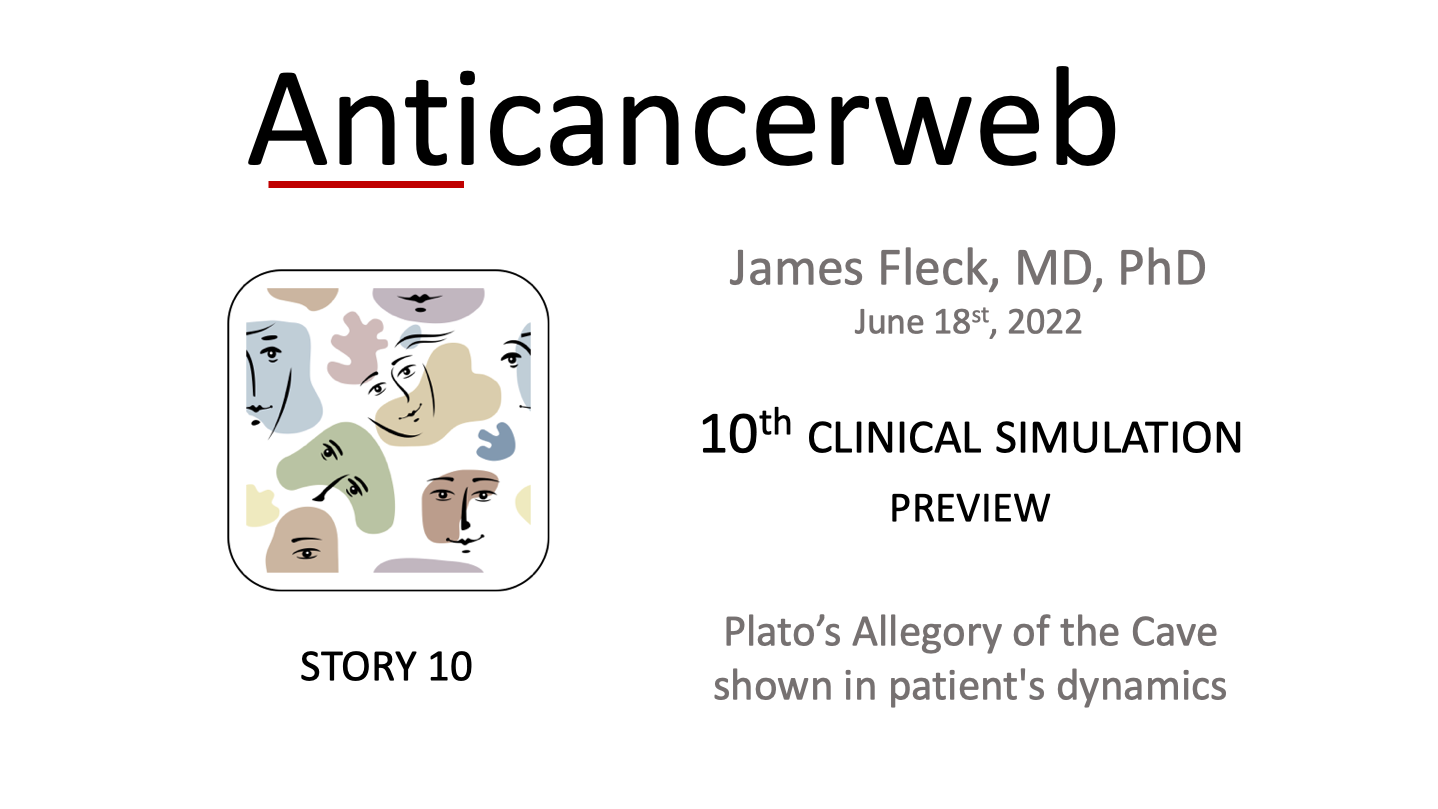
Plato's Allegory of the Cave
In Plato's Allegory of the Cave, the prisoners, who had never been in contact with the outside world, were heavily chained and only saw images projected against a wall. They heard voices and associated them with a fantasy, believing that this would be the real world.
Plato: The Republic – Book VII (427-327 BC)
Arthur's clinical report
(Fictional narrative)*
Arthur suffered from a childhood fantasy. At a young age, he inadvertently witnessed his father coughing up bloody sputum, which a few months later resulted in his death. Both had mutually agreed to withhold the information. Arthur felt guilty. He never spoke about it again, hiding the facts in his unconscious mind. When Arthur was diagnosed with colon cancer, an unexpected combination of events occurred. Ironically, the first clinical manifestation of his current illness was rectal bleeding. Despite the different anatomical location, the bleeding promoted an association of ideas, reinforcing a child's fantasy and leading to the idea of death. From the child's point of view, there was a clear identification with his father's illness and Arthur was convinced that he was going to die.
Abstract
Overview of the emotional flow and decisive moments in the care of an elderly patient who remains in regression and denial, leading to a distorted view of his illness. Without removing his defense mechanisms, the doctor had to find an adult and rational way to communicate with the patient. Here you will find the plot segmentation, describing how the doctor coped with the challenges presented by Arthur's clinical case: The exposition (PLOT 1) occurred when the family took the initiative to interrupt denial and depressive behavior shown by Arthur. The raising-action (PLOT 2) took place during Arthur's first appointment. By expressing a feeling of repressed guilt, he begun to overcame his death ideation. The conflict (PLOT 3) manifested when Arthur changed his behavior. After an open family dialogue, Arthur emerged from Plato's Allegory of the Cave. The climax (PLOT 4) was characterized by an attitude of objective coping with the disease. Arthur began to actively participate in the clinical problem-solving methodology. In the falling-action (PLOT 5) Arthur faced a primary tumor surgery, three cycles of conversion chemotherapy for liver metastasis,and a partial hepatectomy. The resolution (PLOT 6) summarizes a comprehensive biopsychosocial approach of the 10th clinical simulation.
Emotional Flow
The graph presented below is a simplified depiction of Arthur's emotional flow. At each PLOT element the patient-physician relationship leads to emotions that occur along distinct time intervals (△t). The interventions are responsible for the emotional flow, which is unique to each clinical case. The continuous sinuous blue wave represents the oscillating patient’s emotional status, with the larger inflection representing the “turning point”.
Author's perception of the patient's emotional flow and turning points
*James Fleck, MD, PhD is a full professor of medicine at UFRGS, Brazil
© Copyright Anticancerweb 2022

Cancer is a multifactorial disease. The biology of the disease itself, the steps needed to treat the patient and the psychological impact it causes on the cancer patient and its family and friends. Story 10 pictures a fine example about how important it is to include and elucidate close family members on how cancer can impact ones life and how they can act to help the patient in question. Not participating on that can lead to more difficulty with dealing with similar scenarios when they appear again in life and exiting Plato's cave becomes something even more challenging.
Please login to write your comment.
If you do not have an account at Anticancerweb Portal, register now.